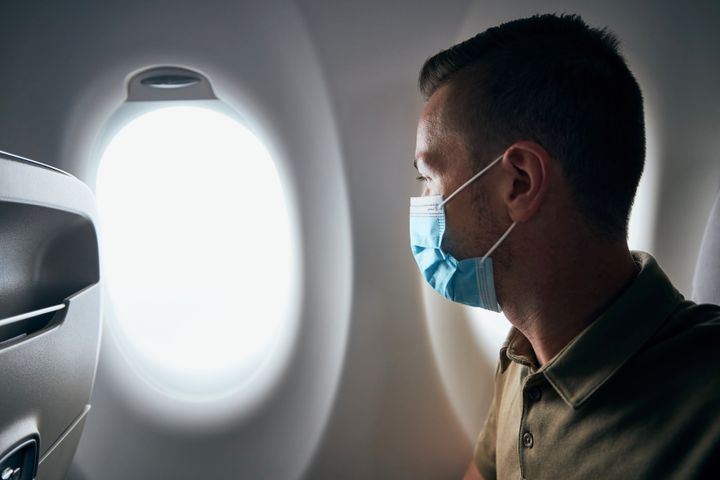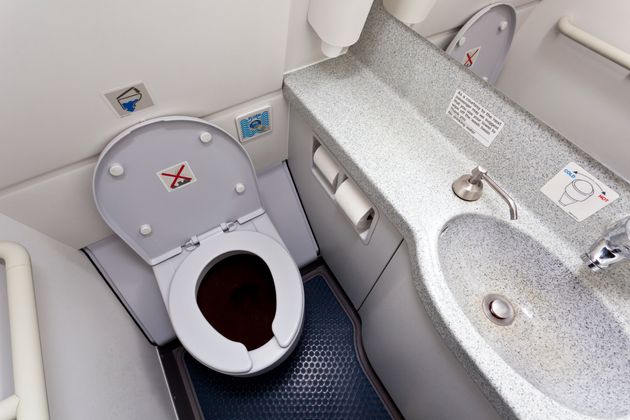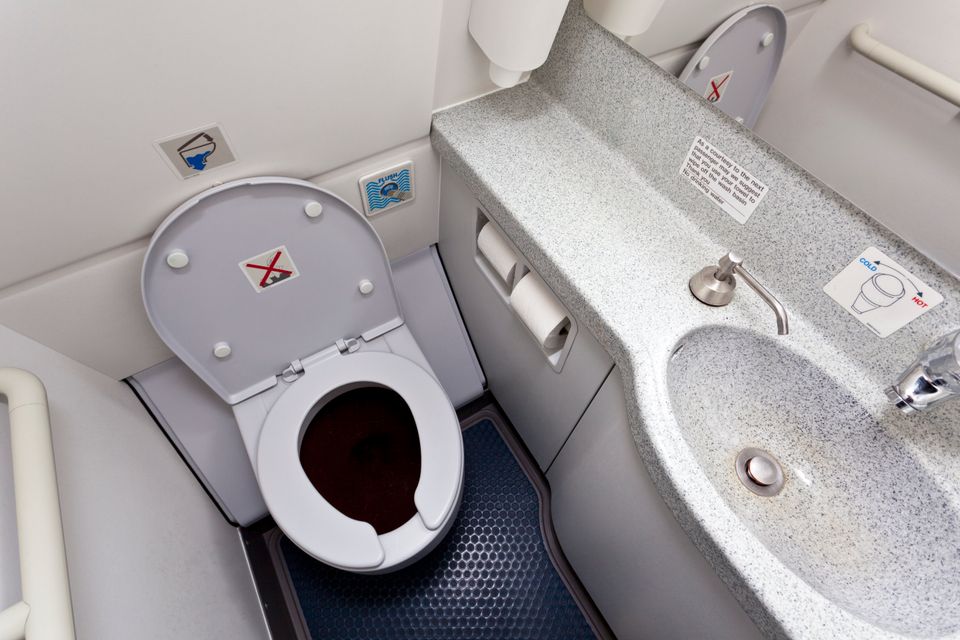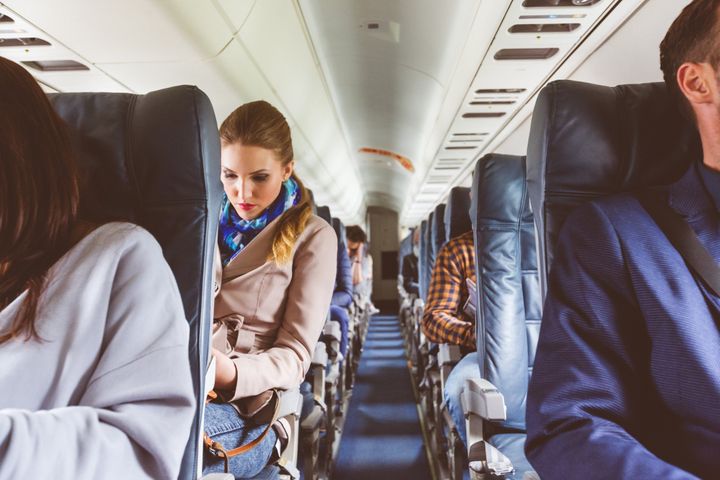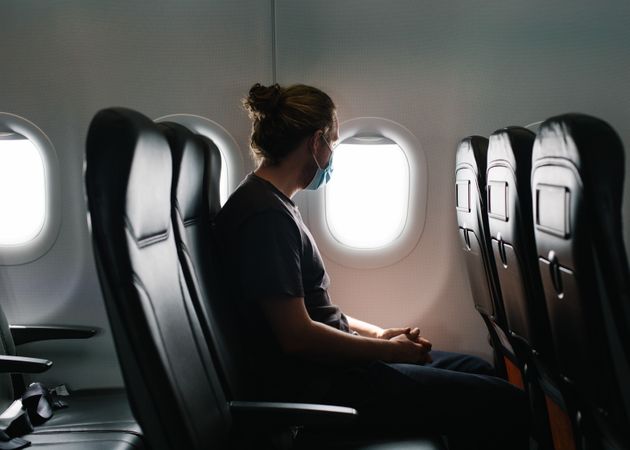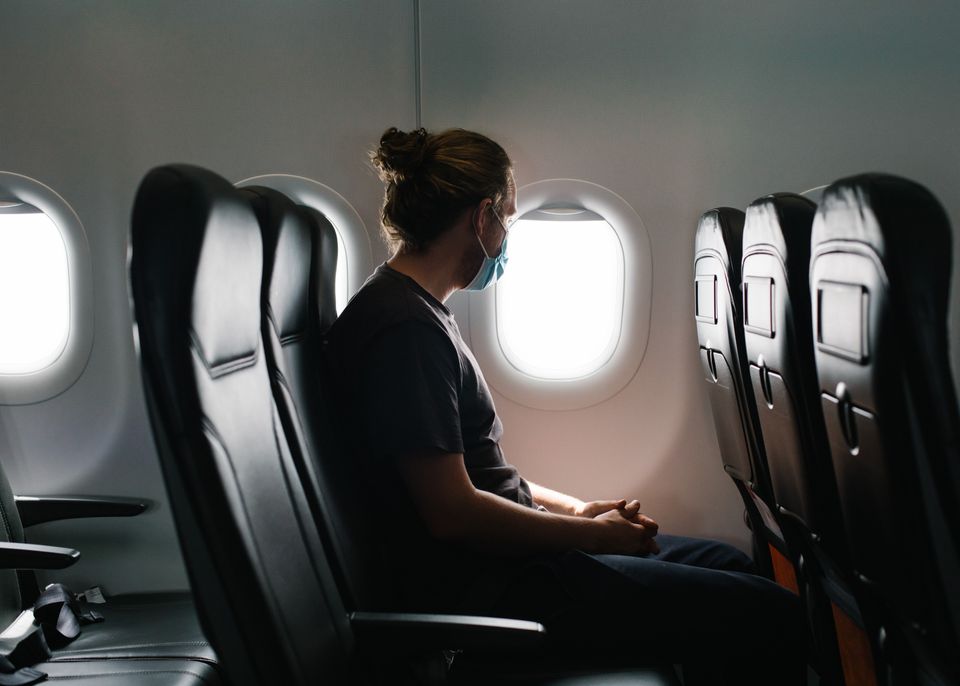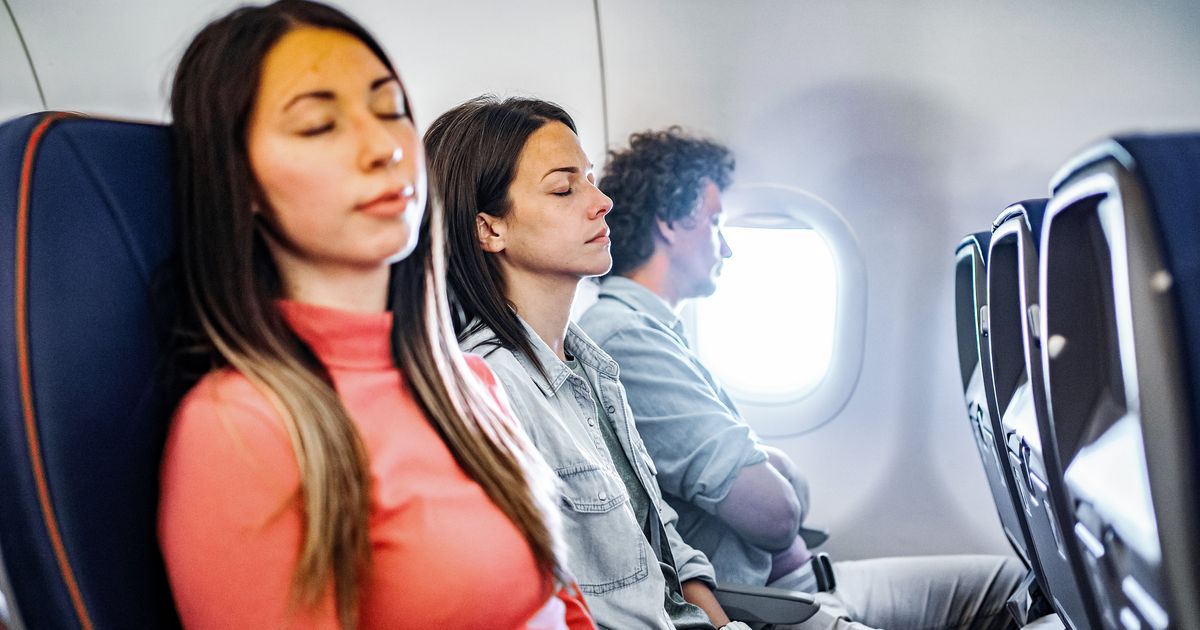
Is it rude to recline your seat? What’s the best way to ask a fellow passenger to switch spots? What about taking your shoes off during a flight?
There are seemingly endless etiquette considerations in the world of commercial air travel. Although some rules and norms are obvious (no, you should not snack on your smelly canned tuna mid-flight), others remain less well understood. For instance, who is entitled to use the armrests between seats?
Advertisement
To answer this question, we asked experts to weigh in on the etiquette for airplane armrests and the best practices for sharing them.
What are the etiquette rules for shared armrests?
“For a row with two seats, the middle armrest is shared,” said Jodi R.R. Smith, the president of Mannersmith Etiquette Consulting. “For a row with three seats, both middle armrests are for the person in the middle. The window traveler has the wall and the aisle traveler has the space of the aisle.”
For a row with four seats, she noted that the armrest between the two middle seats is shared and that the two middle-seat passengers also have ownership of the armrest between their seats and the passengers on either end.
Other etiquette experts have slightly different takes on the topic.
“When it comes to armrests, the middle seat generally has their choice but should only use one armrest or the other,” Diane Gottsman, an etiquette expert and corporate trainer specialising in adult behaviour, told HuffPost.
Advertisement
Meanwhile, the Emily Post Institute’s website notes, “The middle seat arm rests are shared property. That said, it’s generous for the aisle and window seat holders to give the middle passenger a chance to claim them first.”
Consider taking turns or sharing middle armrests when possible as well. This is also the proper approach for a two-seat row in which each passenger has one personal armrest and one shared between them.
“It is proper etiquette for the passenger sitting at the window to use the arm rest near the window as often as they like,” said Jackie Vernon-Thompson, the founder of From the Inside-Out School of Etiquette. “The passenger sitting in the aisle seat has full access to the armrest near the aisle. Typically, the center armrest can be used by either at any time.”
Understanding the space limits of the aircraft and being open to compromise is also key.
“Keep in mind that the passenger sitting in the aisle seat may oftentimes use the middle armrest to leave room for the flight attendants and the cart used to serve everyone and to avoid being bumped on the shoulder when fellow passengers walk by,” Vernon-Thompson noted. “Consideration, respect and courtesy are extremely important when in a shared space and, more specifically, sharing an armrest.”
Smith noted that she is “very militant” about the topic of airplane armrest ownership but emphasised that there are exceptions to the rule of the middle seat passenger having ownership of both armrests.
Advertisement
“When traveling you must also pack your kindness and your consideration,” she said. “If you are a tiny human and the person next to you is folding themselves into an origami-yoga pose to fit in the seat, even if the armrest is ‘yours,’ you should share. Yes, humans are territorial creatures, and when a resource is a premium, our thoughts quickly turn to what we can claim.”
However, what separates humans from many other animals is our ability to empathise and work together, she added.
“Our goal is to arrive at our destination as safely and quickly as possible,” Smith explained. “If you do not need space, offer to share.”
What should you do if your fellow passengers aren’t following these rules?
“If a fellow passenger is not being respectful with their armrest, meaning they are leaning into your personal space over the armrest, look at them and politely request they slightly adjust their body as it seems you are short on room,” Gottsman suggested.
Whatever you do, refrain from taking an argumentative or combative approach to this request. Don’t assume your fellow travellers have bad intentions, and extend grace.
Advertisement
“You may politely ask if it is OK for you to use a portion of the armrest,” Vernon-Thompson said. “There are times passengers may be flying for business and are exhausted or there may be other reasons that have occupied a passenger’s thoughts, and they just did not think about the fact that they should be sharing the armrest.”
Before you broach the topic, take a moment to assess the situation and the possible outcomes. It’s only an armrest after all.
“If someone is using your armrest, you have to ask yourself whether it’s worth the potential altercation,” Gottsman said. “It’s always best to ask a flight attendant for assistance, but arguing over an armrest is probably low on a flight attendant’s radar when they are responsible for the safety and comfort of the entire plane.”





